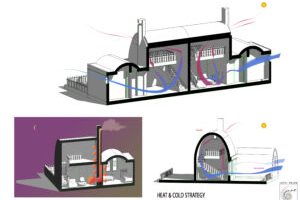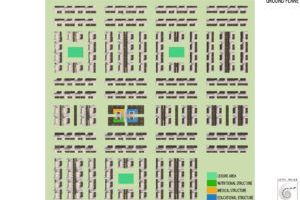Low Income Housing Tax Credit in the United States
Main objectives of the project
In the US, most housing subsidies are provided indirectly via the tax system rather than direct public spending. One of the tax subsidies provided for affordable housing is Low-Income Housing Tax Credit (LIHTC) which were introduced by the Tax Reform Act in 1986.
Date
- 2018:
Stakeholders
- Promotor: United States government
Location
Country/Region: United States of America
Description
Since their introduction LIHTCs have helped to fund three million units of affordable housing. They cost the United States government some USD 9.9 billion per year in tax foregone.[1]
LIHTCs are available to both non-profit and for-profit housing developers. Once a housing developer has identified a site and been allocated tax credits, capital is raised by selling the credits to investors. Investors include banks, which have financed 43 per cent on average, 30 per cent from government-sponsored enterprises such as Fannie Mae, 19 per cent from insurance and other finance companies, and 8 per cent from non-financial companies. Tax benefits only flow to investors if the scheme remains compliant for 15-30 years with the rules set when the tax credits were allocated.[2] Notably LIHTCs usually finance around 42 per cent of the costs of a typical housing project. Therefore, to deliver affordable housing this finance must be complemented by public grants and lower-cost financing.
To help fund additional dwellings from the USD 10 billion provided via LIHTC, since 2018 LIHTC projects can offer dwellings with higher income ceilings – up to 80 per cent of the local median income, with rents at 30 per cent of this level. Other dwellings in the same housing development must have lower income ceilings and the overall average of all dwellings in the development must be 60 per cent of area median income.[3]
Links
- For information on the programmes and initiatives within each of the three pillars of the “Prescription for HUD”
- Julie Lawson, Tony Gilmour and Vivienne Milligan, International measures to channel investment towards affordable rental housing (Melbourne, Australian Housing and Urban Research Institute Limited, 2010).
- Will Fischer, “Low-Income Housing Tax Credit Could Do More to Expand Opportunity for Poor Families”, Center on Budget and Policy Priorities, 28 August 2018.






